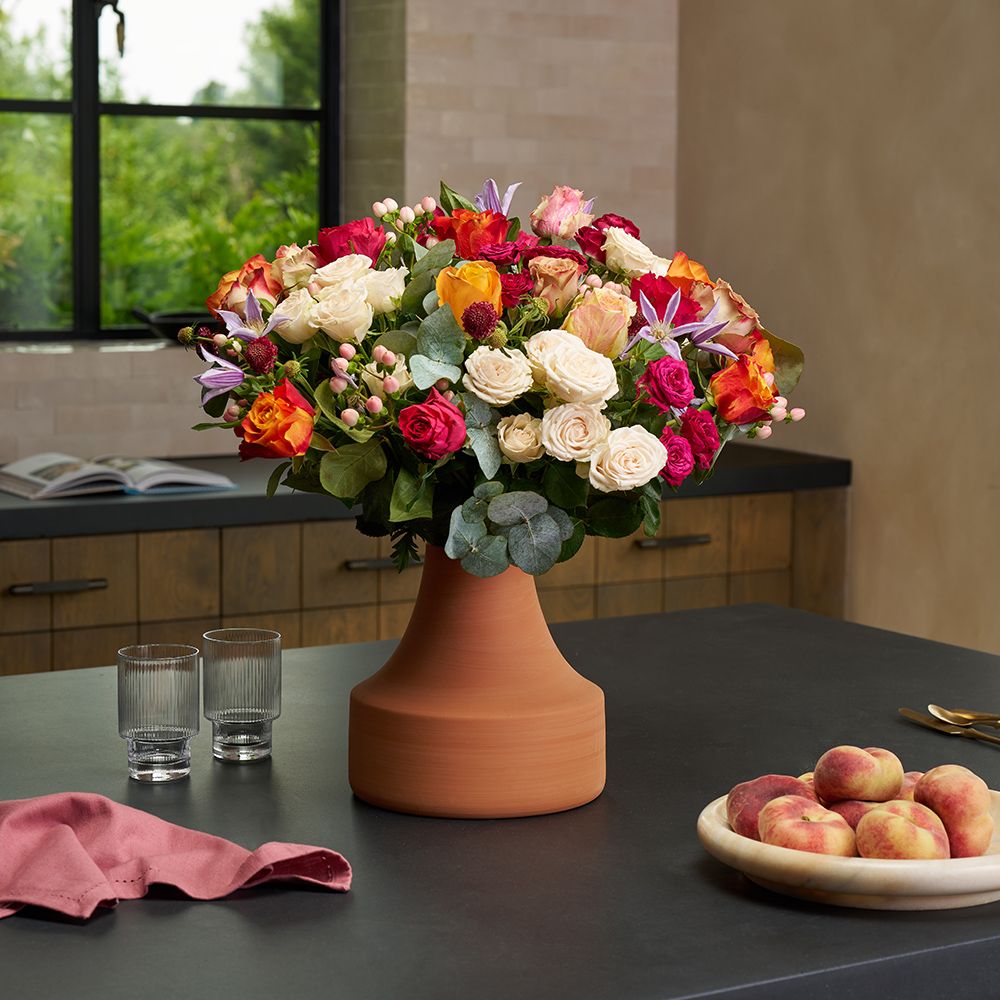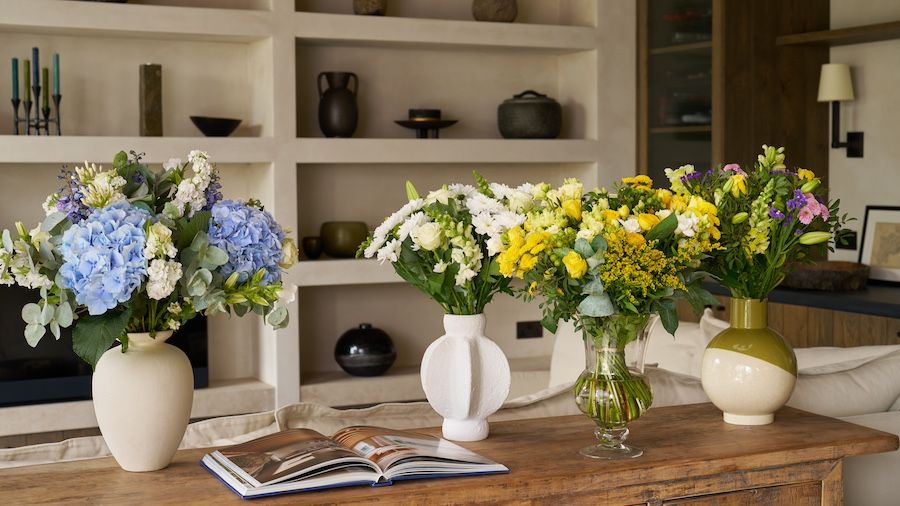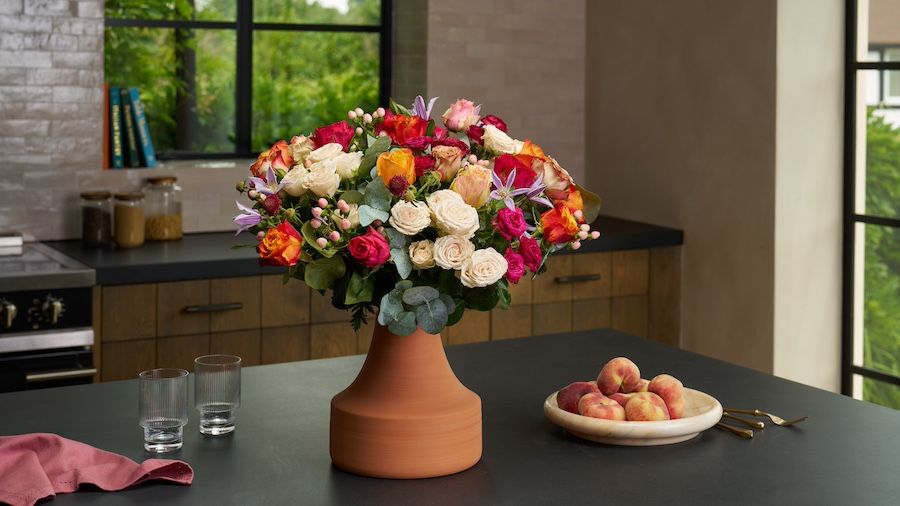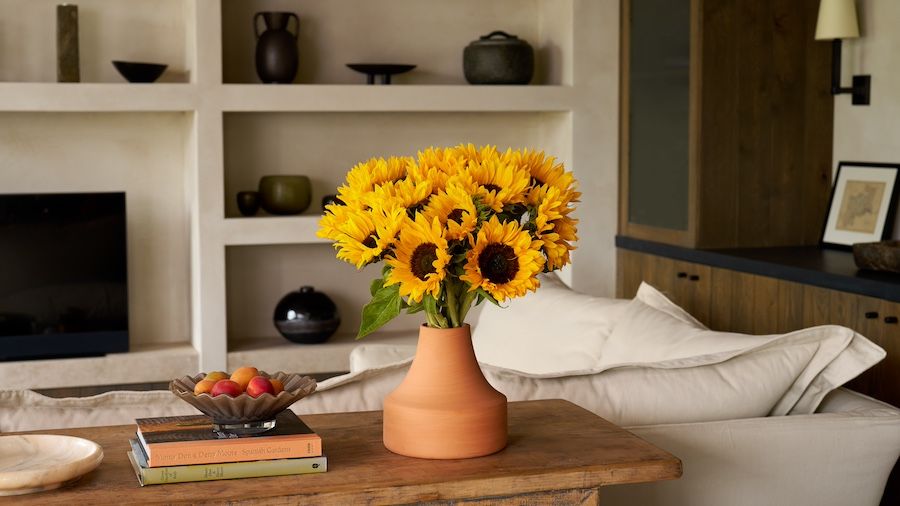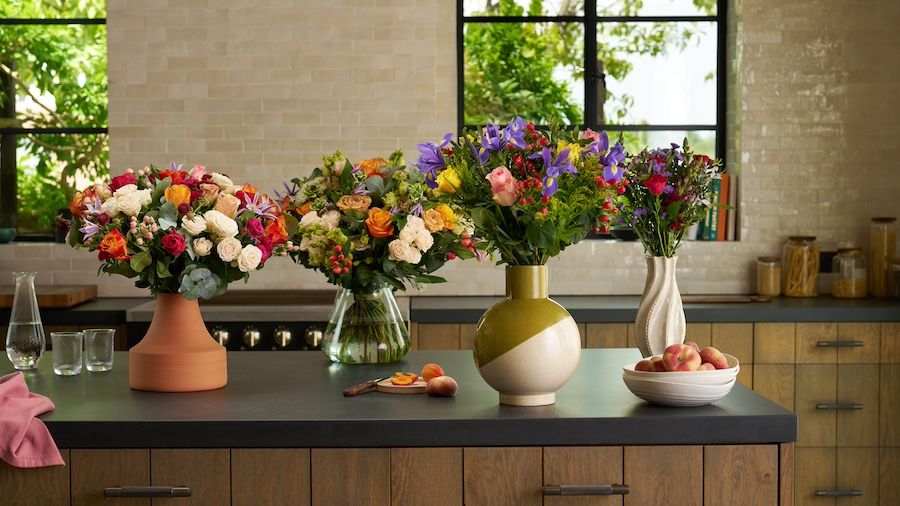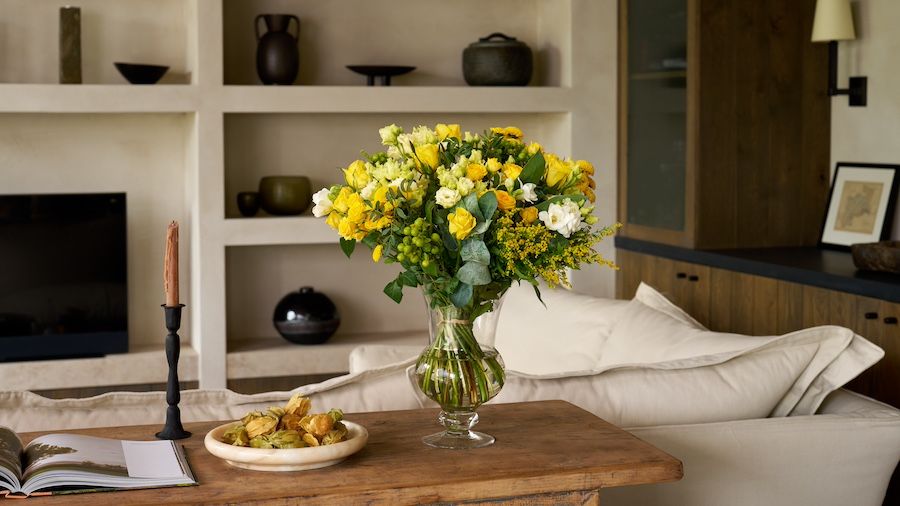What do different flowers symbolise?
There are so many flowers in the world and each one holds a different meaning. Often, even the colour of a flower can impact the sentiment behind it. We’ve listed a few classic blooms and their flower symbolism below.
Rose flower symbolismFor messages of love, look no further than the
rose. This timeless bloom has long been a symbol of adoration, but did you know that different colours will convey a different sentiment? Red, of course, is famously associated with
romance, while pink roses spread the love to family and friends. Yellow roses are also commonly associated with
friendship, as well as happiness. To find out more about this classic bloom, read our
complete guide to roses.Lily flower symbolismThere are lots of meanings behind different
lilies, but the most common is purity and fertility. Also associated with fresh life and rebirth, these flowers are often used in sympathy bouquets, particularly white lilies. Learn more about lilies and their symbolism in our
guide.Daisy flower symbolismThe humble daisy is April’s
birth flower, and one of the oldest and most abundant blooms in the world. They’ve been around for so long, and there are so many varieties, that there are countless meanings, but a few of the most popular are purity, new beginnings and true love.
Sunflower symbolismIt’s no surprise that
sunflowers symbolise happiness. Bringing a dose of sunshine whatever the weather, these cheerful blooms are also associated with admiration, loyalty and strength, adding plenty of positive sentiment to bouquets. Explore our
complete guide to sunflowers for more insights into these joyful blooms.
